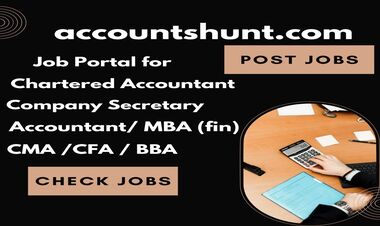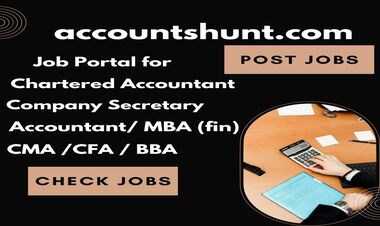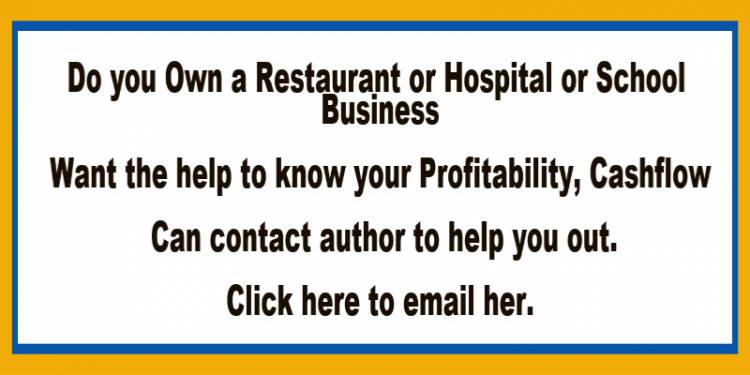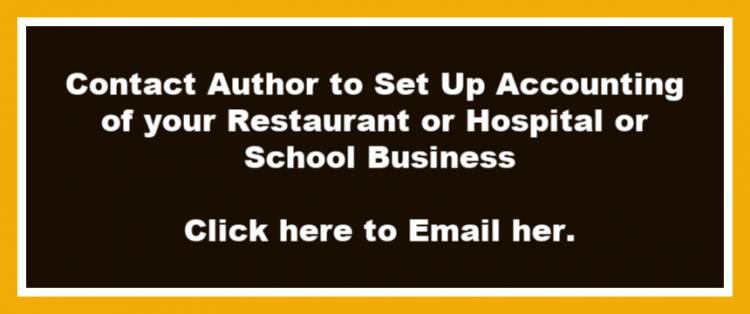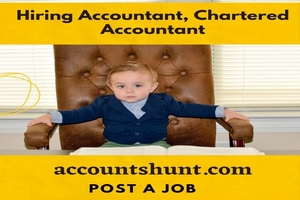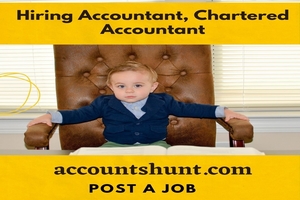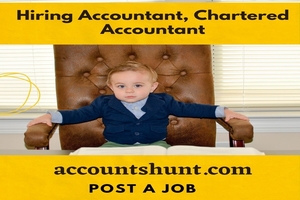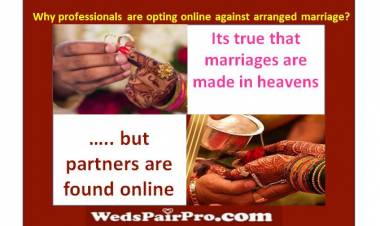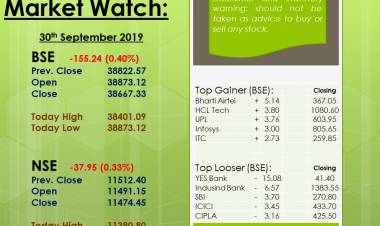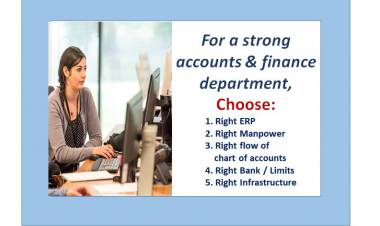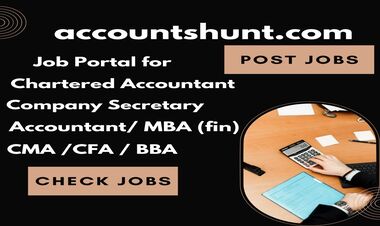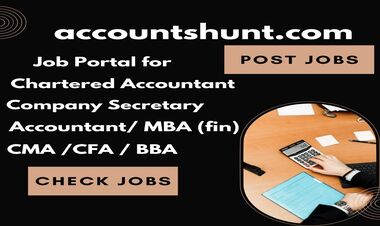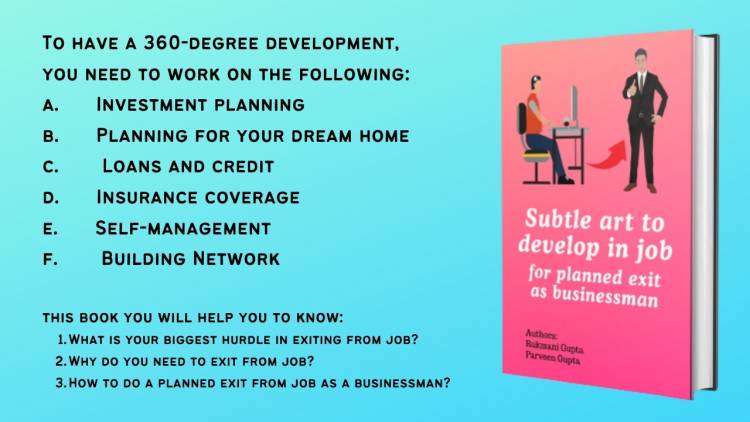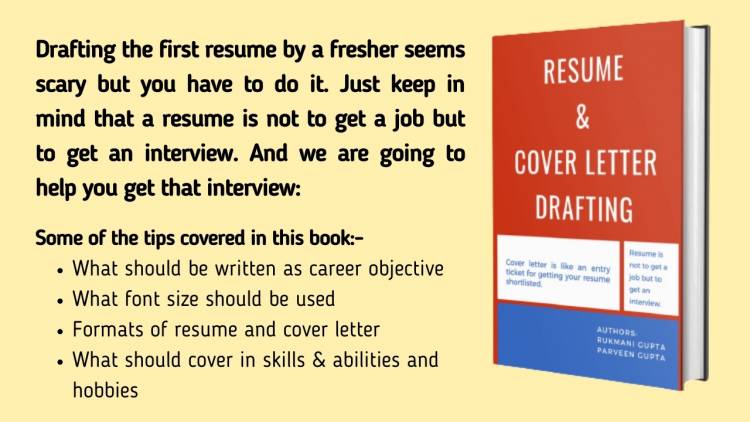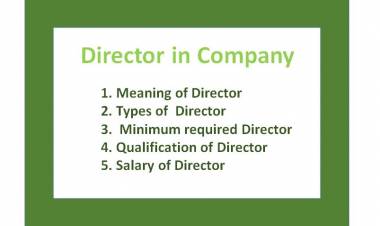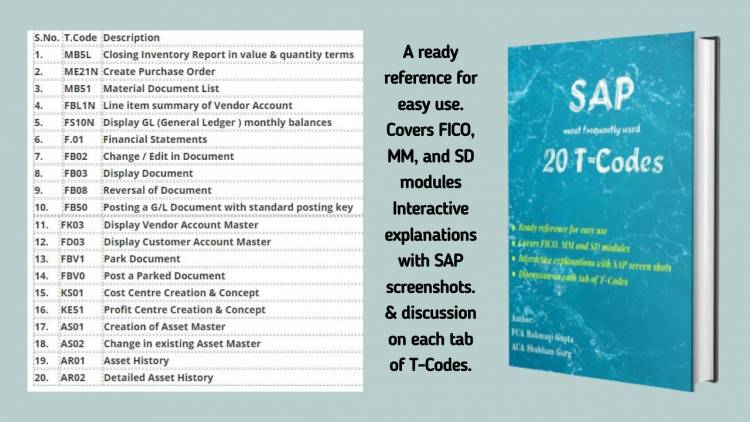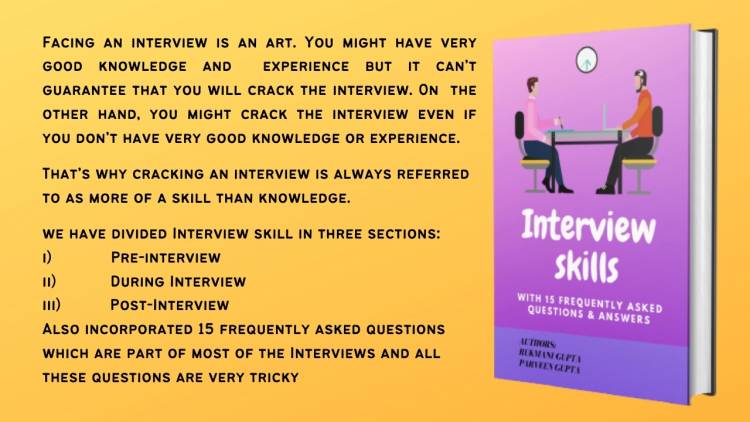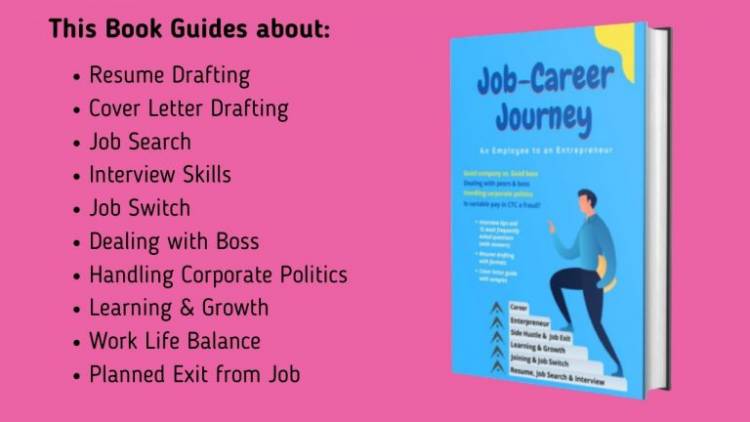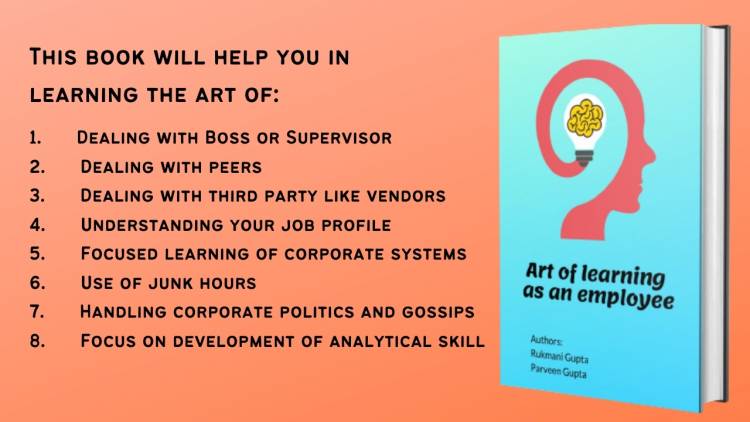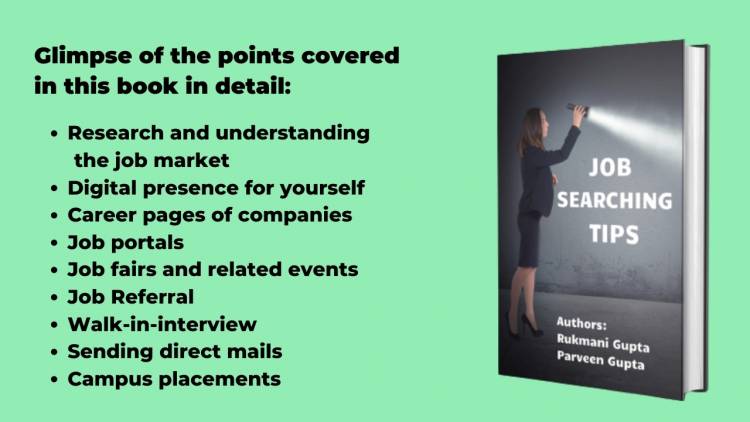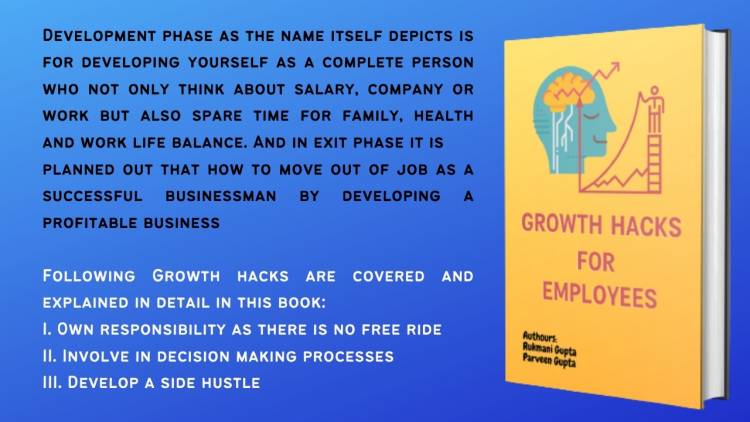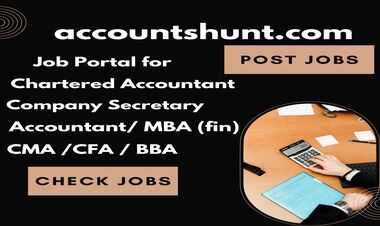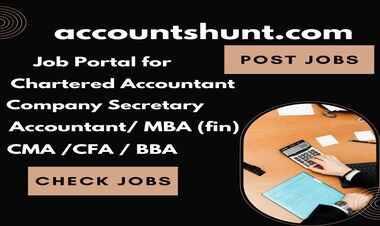Do you own a Restaurant Chain, Let’s understand the Cash Flow & Profitability?
Do you own a Restaurant Chain, Let’s understand the Cash Flow & Profitability?
As an entrepreneur, the restaurant industry is one of the most lucrative and easy-going businesses. And with the emergence of many intermediary online platforms like Zomato, Swiggy, Uber Eats for securing end-users for the food industry, it has again become much easy for the local restaurants to reach even outside the near localities.
For the women entrepreneurs also, the involvement of brand chains & online platforms in the restaurant industry has created huge scope to go in.
One of my clients wants to go for a franchisee of a brand chain restaurant, she wants my help to understand the cash flow & financials going forward for a chain restaurant of some brand.
We discussed a lot about the initial investment required, term, cash flow, sales, expenses and then I analyzed one of my clients who have few chain restaurants of Subway at a good shopping location at Gurgaon.
Following are financials of that Subway Chain Restaurant: - (Approximate Amounts)
Average Sales Per month per store: - 12 Lacs
Less: - Direct Expenses
Non-Perishable Groceries & Perishable Supplies: - 3.10 lacs
Vegetables & Fruits – 0.25 lacs
Other tools & utensil supplies – 0.25 lacs
So the Gross profit Level 1 is Approx. 70%
Now, this restaurant is a franchise of Subway, and also use Zomato, Swiggy, Uber East’s online platform to get customers. So, it has the following level 2 direct expenses: -
Subway Royalty Expenses: - Approx. 15-20% of Sales
Zomato Commission – Approx. 17-20% of Sales
Swiggy Commission & platform fee – Approx. 20- 25% of Sales
Uber Eats Commission – Approx. 15-20% of Sales
Marketing Fees on various platforms – About 10-15% of Sales
So, in nutshell, the second level of Direct Expenses are the following: (Taking the lower side of expenses range)
On total Sales Subway Royalty Exp: - Approx. 15% of Sales
Average Commission for online platforms – Approx. 15% of Sales
Marketing fees including on all platforms – Approx. 10% of Total Sales
So about 40% of Gross sales go in the pocket of the brand owner & online support platforms.
So out of 70%, we are left with another 30% as Level 2 Gross Margin.
GST
Restaurants in India which are providing food & drinks excluding alcoholic drinks with turnover up to Rs. 1.5 Cr. can go for composition scheme, wherein they can go for GST on turnover @5% but they cannot avail any input on their purchases or expenses. This is a compliance free mechanism for small restaurants and easy to manage with a lot of retail invoicing. So gross sales they have to bear 5% as GST out of their own pocket.
So out of 30%, after paying GST @5%, we are left with 25% as Level 3 Gross Margin.
So, considering sales of 12 lacs, we are left with a net gross margin of Rs. 3 lacs (25% of 12 lacs).
Next comes the Indirect Expenses. Following are the list of Indirect Expenses: -
- Salary – About Rs. 70000
- Electricity & Maintenance – About Rs. 50000
- Rent Expenses – About Rs. 100000
- Other Administrative Exp – About Rs. 80000
So Total Indirect Expenses – About Rs. 300000
Which are equal to our net gross margin-left.
Ultimately, we concluded that for that restaurant chain sales of about 12 lacs per month is the break-even point.
Please note below also: -
- We have considered the initial cost of Approx. Rs. 30 lacs as sunk cost & no depreciation effect has been considered.
- We have ignored any extraordinary expenses & repairs.
- Cash Flow is mostly manageable for direct expenses because, mostly all the online platforms settle the pay-out on a weekly basis, and we can also settle our vendors also on a weekly basis.
- The problem arises in the cash flow required for indirect expenses, which we need most in 1st week of the month. For that either we need to carefully save & invest our weekly surplus or we need to infuse some owner’s equity which can be withdrawn week on week.
Conclusion: -
Opening a brand chain restaurant is advisable if you feel you can fetch an average sale above your breakeven because below breakeven can drill you financially.
 Download APP
Download APP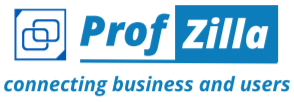
 Rukmani Gupta
Rukmani Gupta 
